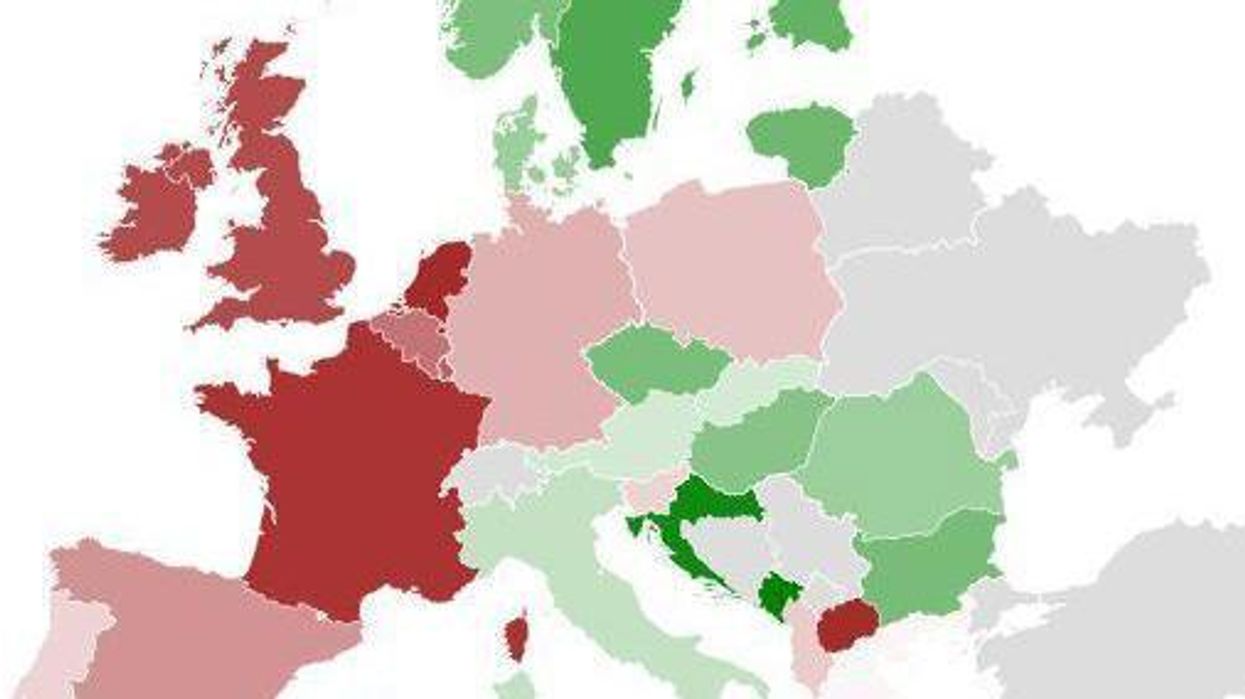
Europe's countries have been using more and more renewable energy.
Of energy consumed in the EU, 16.8 per cent comes from a renewable source.
The country with the highest proportion in 2015 was Iceland, with a whopping 70 per cent of energy from renewables.
Norway and Sweden followed on 69.4 per cent and 53.9 per cent respectively.
Montenegro reported 43.1 per cent, ten points ahead of its 2020 target.
The bottom five countries, using the smallest proportion of renewable energy were Luxembourg and Malta on 5 per cent, Netherlands on 5.8, Belgium on 7.9 and the UK on 8.2 per cent.
Going green quickly
Denmark was the country that had made th greatest leaps and bounds in the 11 years between 2004 and 2015 with regard to adopting renewable sources of power.
The nation went from 14.9 per cent to 30.8 per cent, and has already reached their 2020 target.
Turkey has actually regressed, from 16.2 per cent to 13.6 per cent. It also has no 2020 target, and it is not a member of the European Union.
The countries closest to meeting their targets
Montenegro surpassed it's target by 10 per cent, the greatest over achievement on the continent.
Once again the United Kingdom found itself in the bottom five, as one of those nations furthest from reaching their 2020 target.
Joining it there was Netherlands with 8.2 per cent to go, Macedonia 8.1 per cent, France 7.8 per cent and Ireland was (like the UK) 6.8 percentage points from reaching their target.
More: Donald Trump’s attitude towards climate change will cost American taxpayers 'billions'













